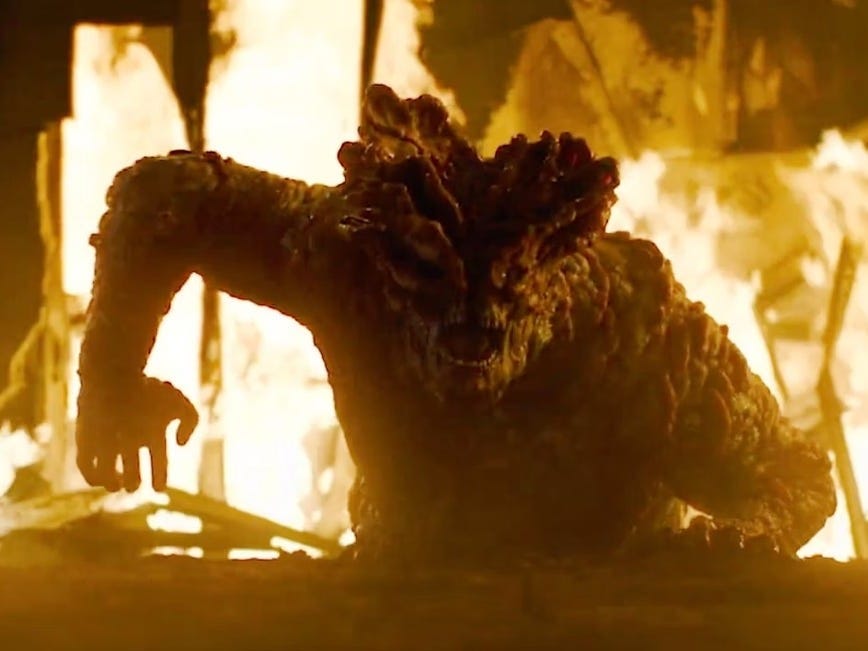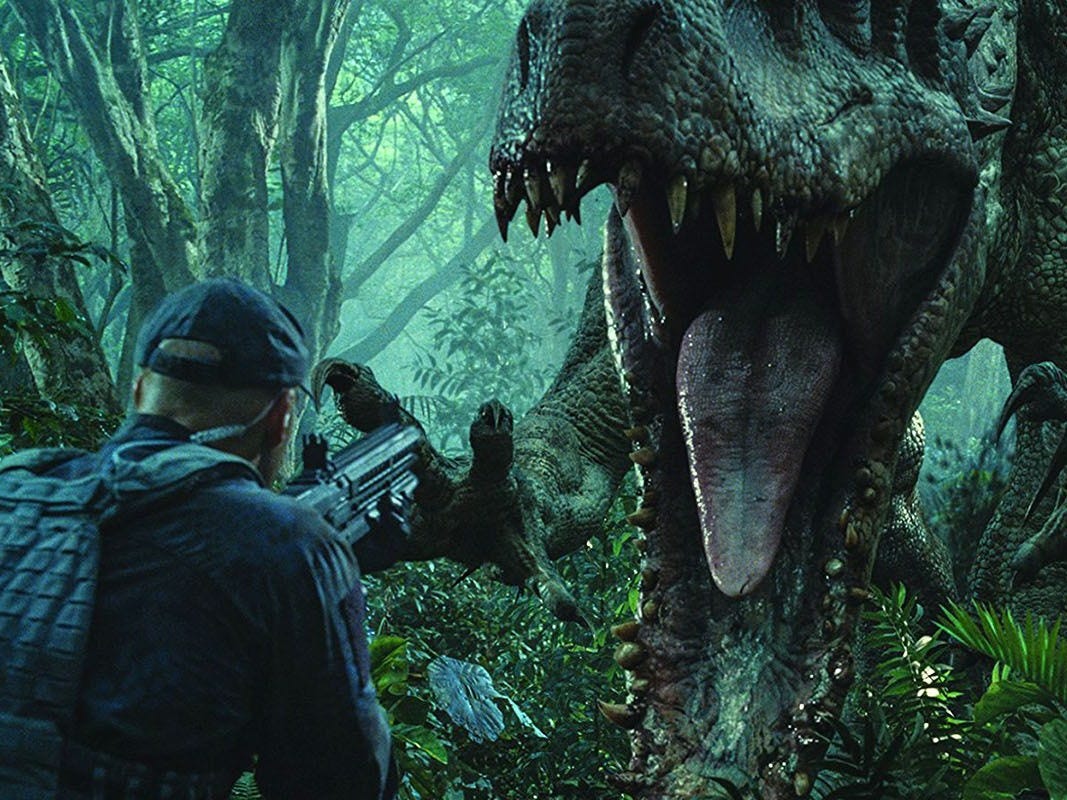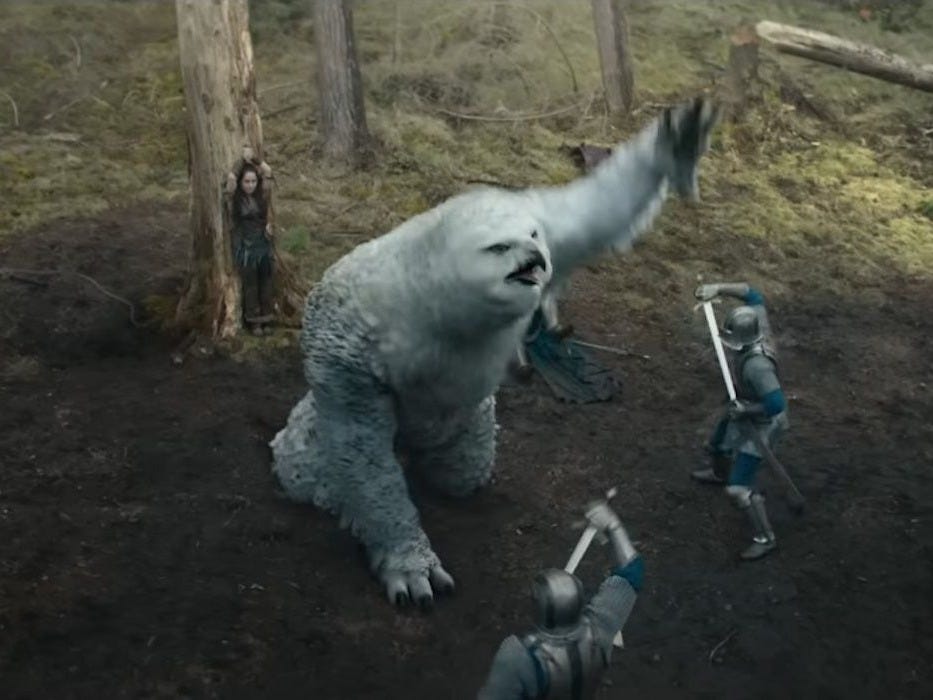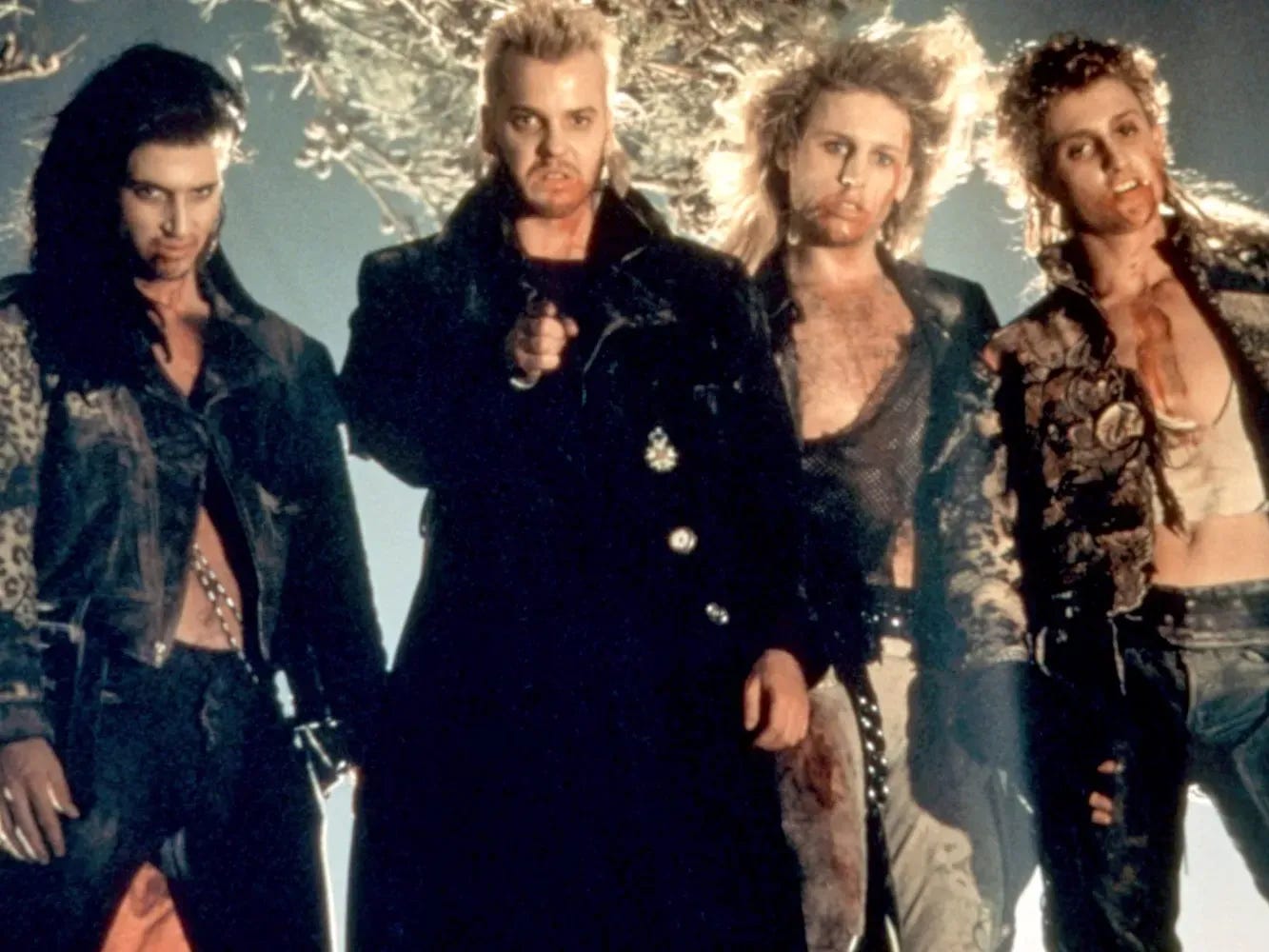Seven ways to remix your monster
Surprise your players with these simple but effective twists on your favourite ttrpg foes.
One small change can bring new life to an old idea.
Look at the Zombie. Characteristically, just when you think it's dead, it comes back with a fresh take. 28 Days Later made them run, Shaun of the Dead made them funny and now, The Last Of Us has made them mushrooms.
That's a little flippant, but there is a grain of truth there. The Last Of Us zombies are inspired by the real life Cordyceps fungus and asks the terrifying question: what if this could infect humans?
The answer is the Clickers. Deformed and blinded by their fungal growths, they move by clicks of echolocation - the chilling sound that gives them their name. They even spread their infection in ways more terrifying than the standard bite. In the game, survivors must navigate clouds of spores that can cause them to become infected.
Porting this monster into your ttrpg game is as easy as giving your average Zombie a few new traits:
Increase their movement speed, these guys can run.
Give them tremorsense, and advantage on checks made using hearing.
Give them a special reaction to explode into spores when killed - forcing a saving throw that, if failed can lead to becoming a Zombie.
Suddenly you have an incredibly fresh twist, that will delight fans of The Last of Us and keep seasoned players guessing.
If you like putting spins on classic monsters, you should also check out my Skeletons article from last month (the Skele-zine with full 5e stat blocks is now available on Ko-fi). But what other twists could you put on any classic monster? Here's seven methods to consider if you want to surprise your players.
#1 Strange Origins
Most monsters have a background explaining how it came to be. If it's well designed, those themes should run through it's actions, behaviour and abilities.
By rewriting that origin, you should also find you need to make subtle changes and additions that can create a creature that feels as unique as the Cordyceps Zombie above.
#2 Making a weakness a strength
For years in the UK it was a running joke that Doctor Who’s most terrifying villain, the Daleks, could be easily bested by a flight of stairs.
So imagine our horror, after the show's reboot in 2005, when we learnt the pepper pot aliens could now fly.
If your favourite monster has a notorious weakness, consider turning it on its head to make it their new strength. It's sure to put players in a panic.
#3 More teeth
A staple of every creature feature sequel, making your monster bigger, meaner and more dangerous is a quick and easy way to shock players, particularly if they've encountered it before.
Resist the urge to simply add more damage die however. Add some flavour, mix up the damage type or consider additional effects to make your combat feel fresh and unpredictable.
#4 How many?
Remember Ripley's terror as she realises the sheer number of Xenomorphs the marines must face in Aliens. That's because she vividly remembers the terrors just one of these creatures can wreak.
Creating a group of monsters is particularly effective if your monster famously works alone, or if your party barely survived facing one in a solo encounter. If one was a problem - a pack is a nightmare.
Speaking of Ripley…
#5 Mummy's mad
If you want to really shock your players, reveal the even bigger bad that gave birth to them. That could be a literal larger parent, or even the person who cooked them up in a lab.
Like the options above, don’t only increase the base monster’s size, damage and hit points. Consider what it means to be the parent of the standard monsters. Give them abilities to command and utilise their children in combat and think about how the two generations would work together tactically. If you want to really make things evolve, perhaps they can birth new children during the fight - or even more horrifying, force the party to join the family.
#6 Crossbreeds
As we’re considering parents and children, you can really work your creative muscles by combining two species into something unique. That could be a fairly mundane crossover, like a goblin chief with an ogre bloodline; or perhaps a more unnatural combination, such as a Fire Giant who was infected with a Mind Flayer tadpole.
Don’t create two much work for yourself with this approach. Take the base monster stat block and add a few extra traits, abilities and actions from the second. Much of the work can be done by your description of the monster, a few well placed abilities will do the rest.
#7 Changing Alignment
Yes, alignment is a blunt tool - but when scanning through a monster book it’s often a quick shorthand for understanding a creature's standard behaviour. A lawful evil vampire is Count Dracula, but make it chaotic evil and you get the Lost Boys.
To create a monster that feels completely unique with minimal effort, think about how your encounter might change if you shift the alignment. Tactics, behaviours and even the whole story of your adventure could all change thanks to this minor adjustment. If you feel really inspired, some new abilities or traits could reinforce that narrative, but it’s entirely up to you.









Behold!
The Grizzaccooon! A Grizzly bear-racoon hybrid, and it's RADIOACTIVE!
Muuuahahahahahaaaa!
Really great piece. There's lots of food for thought in here. GMs and players often get stuck in a rut when using "standard" monsters.